Hakuba Isn’t Just for Snow Lovers!
Think Hakuba is just Japan’s winter playground? Think again.
Nestled deep in the Northern Japanese Alps, Hakuba is more than just a snow-covered ski haven. When the snow melts, the region transforms into one of Japan’s premier hiking destinations. The crystal-clear alpine ponds, ridgelines, wildflower meadows, and natural hot springs attract outdoor enthusiasts from around the world.
While tourists crowd the temples of Kyoto or melt in the urban heat of Tokyo, Hakuba offers something different — space, peace, and sky. The mountain trails here wind through the stunning Hakuba mountain range, showcasing the region’s breathtaking natural beauty.
These trails have been hiked for over a century and are steeped in mountaineering history and supported by a surprisingly modern network of lifts and huts. As the changing seasons bring new colors and experiences to Hakuba’s trails, it’s a place where beginner hikers and seasoned trekkers can both find their stride.
Whether you’re planning a weekend escape from the city, a family-friendly alpine outing, or your first multi-day trek in Japan, Hakuba delivers.
This guide covers everything you need to know: why hike here, when to go, where to hike based on your ability, and what to expect on the trail.
Why Hike in Hakuba? (And Why Now)
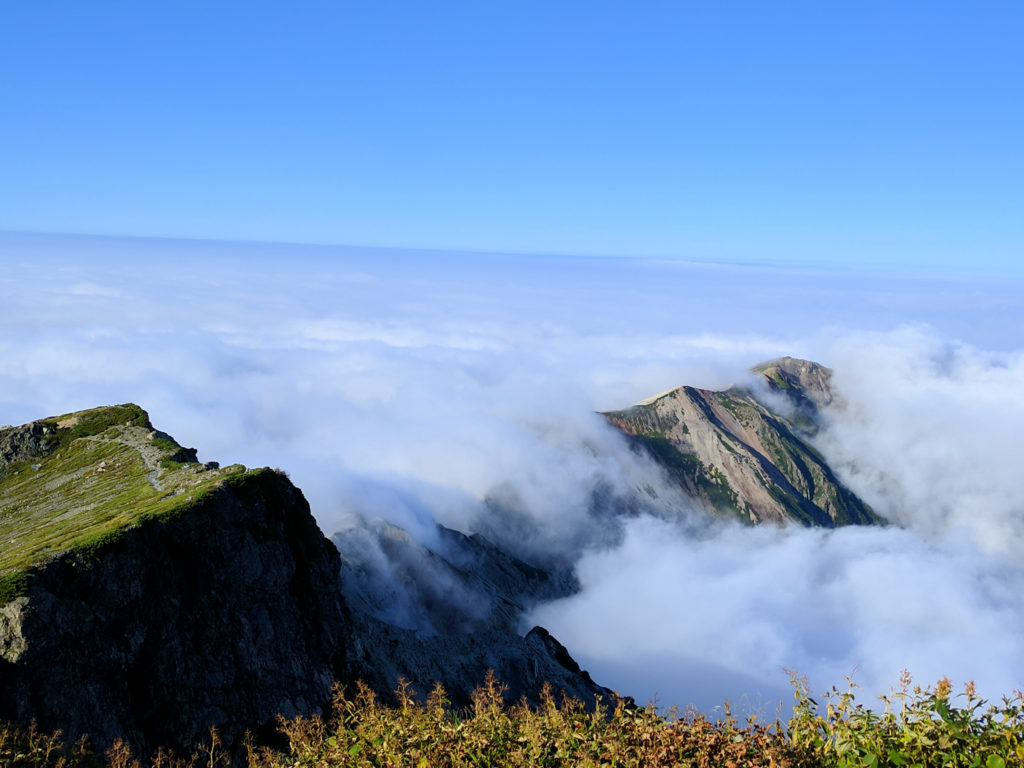
- Cooler than Tokyo. Quieter than Kyoto. Wilder than expected.
- Lift-served hikes and a robust trail system make it easy to explore without needing expert skills.
- English-friendly signage, well-maintained trails, and mountain huts that feel more like inns.
Hakuba combines rugged mountain energy where you can climb a 2,900-meter peak by day, enjoy a spectacular view from the summit, and soak in an onsen with a beer at night.
A Mountain Culture Rooted in History

Hakuba’s hiking roots run deep. The first documented summit of Mt. Shirouma, Hakuba’s highest peak, was in 1868, during Japan’s Meiji Era. In 1894, English missionary Walter Weston famously hiked and explored various routes in the region, helping introduce the term “Japanese Alps” to the world. His journeys helped spark a mountaineering movement in Japan that continues to this day.

By 1906, Hakuba Sanso, Japan’s first commercial mountain hut, opened its doors to hikers. In the decades that followed, the area developed a robust system of trails and lodging that expanded with Japan’s growing post-war love for the outdoors.
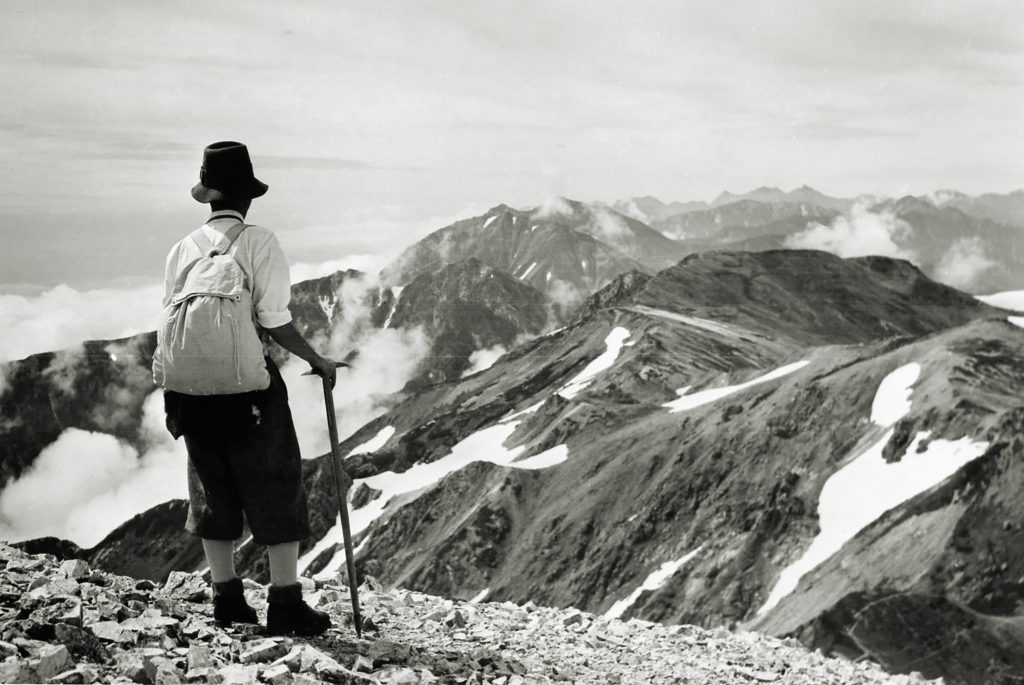
In 1958, when the local villages merged, they chose the name “Hakuba” — meaning “white horse,” after the figure seen on the mountain slopes.
Today, hiking in Hakuba connects you not only to nature but to generations of explorers, scientists, and locals who helped shape Japan’s mountain culture.
When to Go: Hakuba’s Hiking Season

The official hiking season runs from late May to early November. Before planning your hike, always pay close attention to current weather conditions and check the weather forecast. Timing your visit depends on the experience you’re after:
- Spring (late April–June): Some valley trails become accessible in late April. Snow lingers on the high peaks, but valley trails open with bright bursts of alpine flowers.
- Summer (July–August): Peak hiking season. The weather is warm but bearable thanks to the elevation, and all lifts and huts are operational. Expect vibrant green ridges and clear skies.
- Autumn (late September–late October): Possibly the most beautiful time to visit. Late September and late October are peak periods for autumn colors and vibrant foliage. The forests ignite with reds and golds, trails are quieter, and crisp air makes for ideal hiking conditions.
Outside of these months, snow and ice make most trails inaccessible without specialized equipment—mountain huts also close for the season. Always check the weather before heading out.
The Best Trails in Hakuba, by Difficulty
Easy Walks (Great for Kids or Casual Days)
- Tsugaike Nature Park: Accessible via the ropeway at the top of Tsugaike Kogen Resort. The nature park features elevated boardwalks that traverse wetlands and highland flora, offering panoramic mountain views and numerous spots to stop and rest. The visitor center at Tsugaike Nature Park provides helpful information, educational exhibits, kid-friendly activities, and amenities, making it an ideal starting point for exploring the area.
- Iwatake Forest: A relaxed, shaded loop that winds through pine and beech trees. Benches and observation decks make it perfect for families or those acclimating to the altitude.
Half-Day Hikes (Moderate)
- Happo Pond (Happo Ike): One of Hakuba’s most iconic sights. Take the Adam gondola and Grat Quad chairlift to access the trailhead, then hike about 90 minutes one way along Happo ridge to the reflective alpine pond perched on a ridge. On clear days, the surrounding peaks reflect perfectly in the water.
- Tengu no Hara: A quieter trail with a blend of open alpine meadows and forests. Great for spotting wildflowers and escaping the crowds. Be forewarned, the hike from the trailhead to the plateau is quite steep and challenging on the thighs.
Full-Day Treks (Challenging)
- Mt. Karamatsu: A rewarding summit hike with sweeping views over the entire Northern Alps. The route starts at the top of Happo One Ski Resort and continues past the Happo Pond to the mountain peak.
- Yari Onsen: Combines a challenging climb with a soak in one of Japan’s most remote natural onsen. Expect a full-day adventure that engages all your senses.
Multi-Day Adventures (Experienced Hikers Only)
- Tsugaike to Mt. Shirouma: This classic ridge hike offers everything: sweeping alpine scenery, a glacier crossing, and a night in Japan’s largest mountain hut.
What Every Hakuba Hiker Should Know
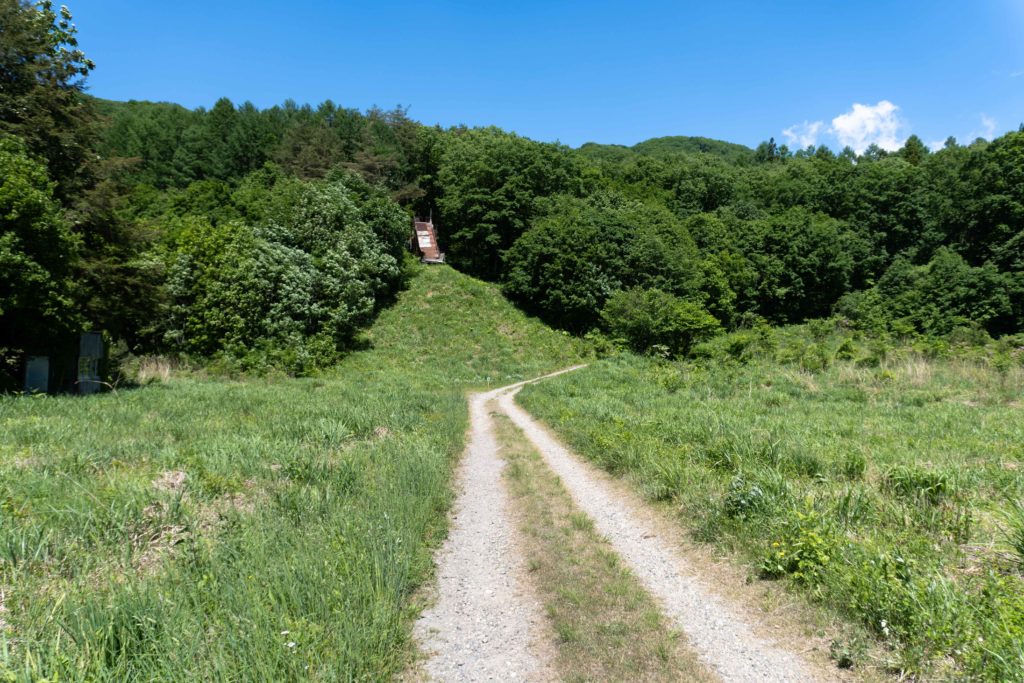
- Gear Essentials: Sturdy hiking boots are essential for Hakuba’s mountainous terrain, providing safety and comfort on rugged trails. Also pack weatherproof layers, water, snacks, sun protection, and a GPS-enabled device or offline trail app (Yamap is popular).
- Trail Infrastructure: Most trails are well-marked, and major routes are indicated with English signage and maps. Tourist offices provide helpful materials. Many trails pass through national parks, which have specific rules to protect these natural areas.
- Getting Around: Public buses and gondolas service many trailheads, making it easy to hike without a car. Most travelers reach Hakuba by taking the shinkansen to Nagano Station, then transferring to a local bus or train to Hakuba Station. Schedules vary, so check ahead.
- Safety First: While Hakuba is generally safe, rapid weather shifts, steep terrain, and remote areas demand preparation. Register your hike at trailheads or online. Solo hikers should use caution.
- Etiquette: Stay on the trail. Don’t litter. Yield to uphill hikers. And in true Japanese fashion, a friendly “konnichiwa” goes a long way. Many national parks also have additional etiquette guidelines in place to help preserve the environment.
What Makes Hiking in Hakuba Special?
- Alpine Flora: The diversity of tiny, colorful flowers in the alpine zones is unlike anything you’ll see in lower regions of Japan, and provides another way to enjoy nature in Hakuba’s stunning scenery.
- Hut Culture: Mountain huts here aren’t just shelters — they’re warm, welcoming places with meals, futons, and a strong sense of community. Preserving these traditions and the environment is essential for future generations.
- The stunning scenery of the Northern Japan Alps makes Hakuba a must-visit destination for hikers and outdoor enthusiasts.
Planning Your Trip
- Where to Stay: Choose accommodations in Tsugaike, Happo, or Iwatake within Hakuba Valley to be closest to the trailheads. Many lodges cater to summer hikers.
- Local Resources: Visit the tourism office for English-friendly advice, current trail conditions, and maps. Ask about Hakuba Oike as a notable destination along popular hiking routes. Many gondolas also provide trail updates.
- Apps & Maps: Yamap and Google Maps offline are highly recommended. Paper maps are also available and helpful for long routes, especially when planning longer hikes.
- Book Early: If you’re planning to hike overnight, huts fill up quickly on weekends and holidays. Reservations are usually required and can often be made online.
Final Word: Hakuba Will Surprise You
You might come to Hakuba expecting ski lifts and Olympic nostalgia. But leave room in your pack for wonder — because the summer trails are unforgettable. In autumn, the vibrant autumn foliage and colorful leaves transform the landscape, making every hike a visual feast. Whether you’re traveling with kids, chasing solitude, or just ready for something cooler than Kyoto in August, Hakuba’s hiking scene is calling.
This isn’t just another hike. It’s a deep breath of fresh alpine air, a glimpse into Japan’s mountaineering soul, and an adventure you’ll remember long after the boots come off.
Hi, welcome to Events Hakuba. I started this site about eight years ago with a friend (who’s since moved away) to help travelers get more out of their time in Hakuba. What began as an event calendar has grown into a resource for everything from logistics to local insights.
It’s a one-person operation, and while I do my best to keep things current, it’s not a full-time gig—so thanks for your patience if anything’s slightly out of date.
If you’re curious about my main work, I run The Fifth Business — helping independent hotels scale guest revenue, retention, and operations without adding complexity.
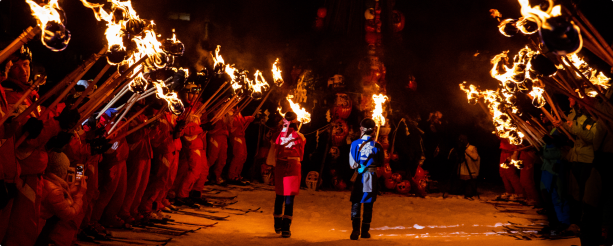



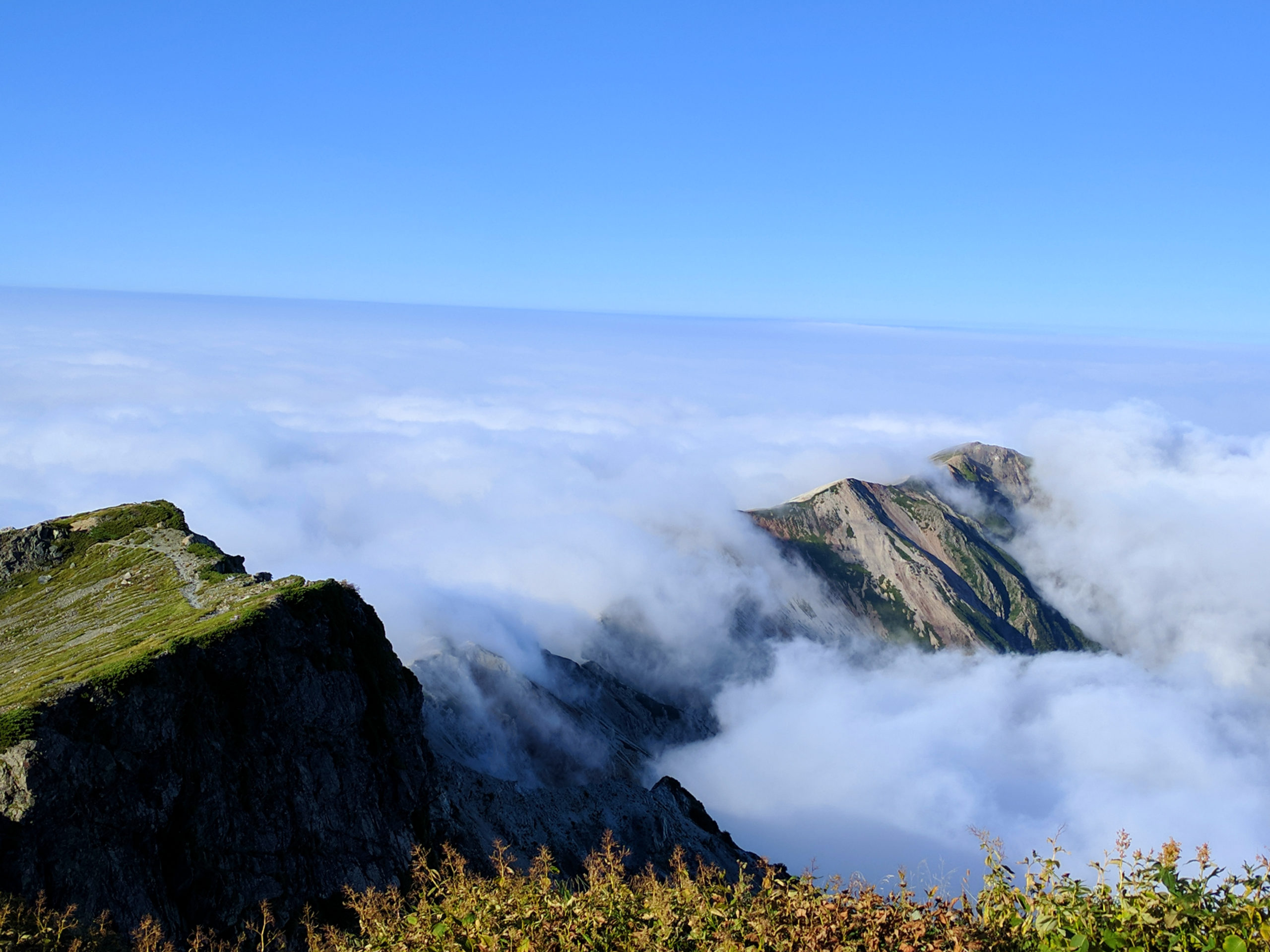

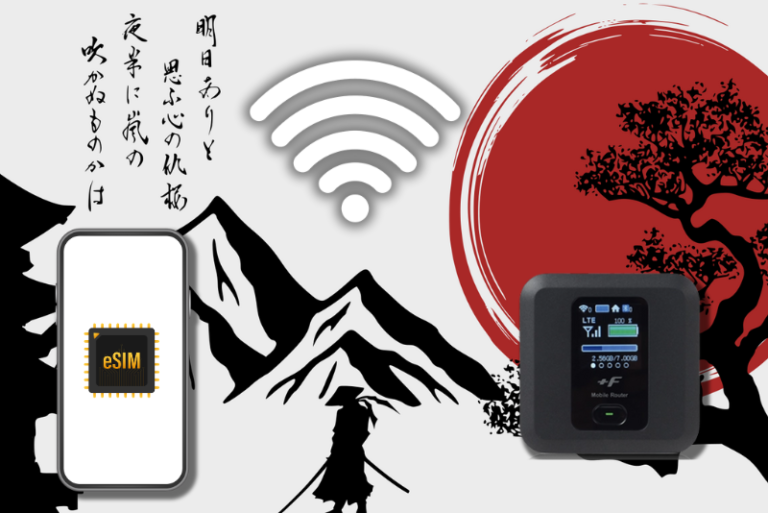
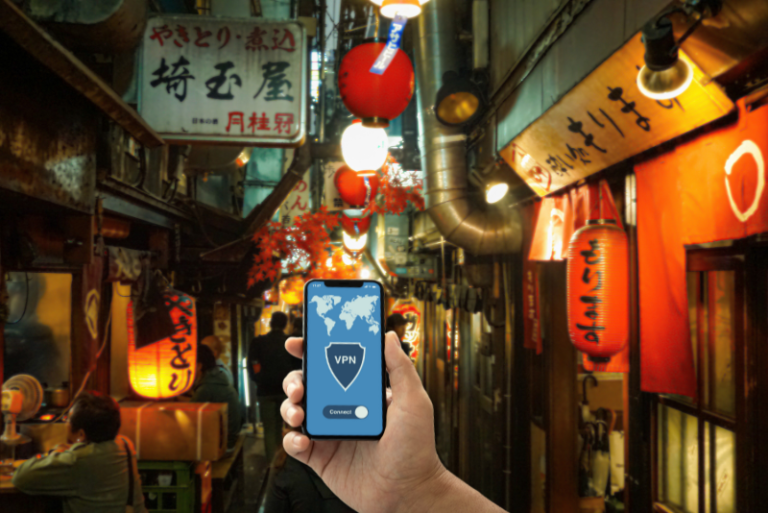
1 Comment